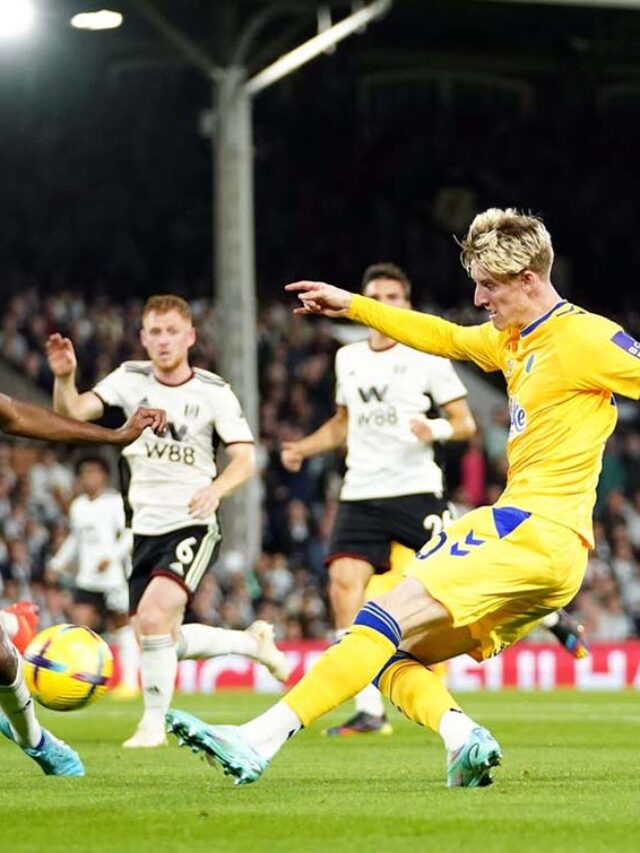Sports are no longer confined by borders. In today’s interconnected world, international competitions, athletes, and innovations are transforming the global sports landscape. From youth leagues to professional franchises, the influence of international sports is reshaping the way games are played, watched, and celebrated. In this blog, we explore how international sports are shaping the future of the game across cultures, technologies, and economies.
The Rise of Global Tournaments
One of the most visible signs of international influence in sports is the massive popularity of global tournaments. Events like the FIFA World Cup, Olympic Games, and the ICC Cricket World Cup draw billions of viewers and unite people across continents.
Why Global Tournaments Matter:
-
Cultural Exchange: These events expose audiences to diverse traditions and playing styles.
-
Economic Boost: Host countries benefit from tourism, infrastructure, and global recognition.
-
Inspiration: Young athletes around the world dream of representing their countries on these grand stages.
As these events grow in scale and scope, they foster international camaraderie and raise the bar for excellence.
Cross-Cultural Influence on Play Styles
International sports have introduced new techniques and strategies into local games. In soccer, for instance, South American flair is now mixed with European discipline. In basketball, players from Eastern Europe and Asia bring unique playing styles that enrich the game.
Examples of Global Influence:
-
NBA and EuroLeague: European players like Luka Dončić and Nikola Jokić are redefining NBA dynamics.
-
T20 Cricket Leagues: Indian, Australian, and English cricketers exchange tactics and culture in franchise tournaments.
-
International Coaches: Many top teams now hire coaches from other countries to bring a fresh approach.
This cross-pollination leads to innovation, diversity, and a higher standard of play.
The Globalization of Fanbases
With streaming platforms and social media, fans can follow their favorite teams and athletes from anywhere in the world. Sports teams are now building fanbases in non-traditional markets, creating a truly international audience.
What’s Changing?
-
Social Media: Athletes engage fans directly through Instagram, X (formerly Twitter), and TikTok.
-
Merchandise and Branding: Teams like Real Madrid, Manchester United, and the LA Lakers sell merchandise globally.
-
Fan Engagement: Clubs are translating content, hosting international watch parties, and launching overseas tours.
As a result, sports are no longer regional—they’re part of global pop culture.
International Youth Development Programs
Many elite sports organizations have launched international youth academies and training programs to scout and nurture global talent. This investment is creating a new generation of diverse, high-performance athletes.
Examples:
-
FC Barcelona’s La Masia Academy has branches in multiple countries.
-
NBA Academy has training centers in Australia, India, and Senegal.
-
FIFA Forward Program supports grassroots football in developing nations.
These initiatives democratize access to elite training and ensure the game’s future is inclusive and competitive.
Technological Advancements and Global Innovation
Countries around the world are contributing to technological advances in sports, from performance tracking to fan experience enhancements. The global exchange of ideas is accelerating innovation.
Key Technologies:
-
Wearables: GPS trackers, heart rate monitors, and sleep data optimize athlete performance.
-
VAR & Hawk-Eye: Instant replay and AI-based decisions are used in soccer, tennis, and cricket.
-
Smart Stadiums: Countries like Japan and the U.S. are building arenas with 5G connectivity, AR experiences, and climate control.
The international tech race is ensuring that sports are safer, fairer, and more thrilling.
Women’s Sports on the Global Stage
Another powerful trend is the international rise of women’s sports. From soccer to MMA, female athletes are gaining visibility, sponsorships, and fan support like never before.
Global Milestones:
-
2023 FIFA Women’s World Cup had record-breaking viewership.
-
Women’s IPL launched in India with massive commercial success.
-
Olympic Inclusion: Equal representation in sports like boxing, wrestling, and weightlifting.
This movement is inspiring millions of girls worldwide and reshaping the sports industry with a focus on equality and empowerment.
Political and Social Impact
Sports have always been a reflection of society—and international events often highlight political and social issues. Athletes from different countries use their platforms to raise awareness, foster peace, and challenge injustice.
Notable Examples:
-
Olympic protests against racial inequality or authoritarian policies.
-
Boycotts of events in countries with controversial human rights records.
-
Team Unity: Events like the Rugby World Cup and international friendlies are used to promote diplomacy and cultural understanding.
Through sports diplomacy, international games are becoming a tool for change and dialogue.
Environmental Sustainability in Global Sports
With the growing awareness of climate change, sports organizations are taking steps to reduce their environmental impact—often influenced by international standards and collaborations.
Sustainability Efforts:
-
Green Stadiums: Solar panels, rainwater harvesting, and zero-waste events.
-
Carbon Offsetting: Teams offset travel emissions during global tournaments.
-
Eco-Friendly Partnerships: Collaborations with environmental NGOs and clean energy companies.
International sports are now at the forefront of promoting sustainability through action and advocacy.
The Future of Sports Is Global
As the world becomes more connected, the influence of international sports will only grow. The future will likely include:
-
Global leagues combining athletes from multiple continents.
-
Universal sports rules and technological standards.
-
Transnational clubs and ownership structures.
-
More inclusive representation across gender, race, and geography.
This evolution will create a richer, more dynamic sports culture that reflects the best of global cooperation and competition.
















